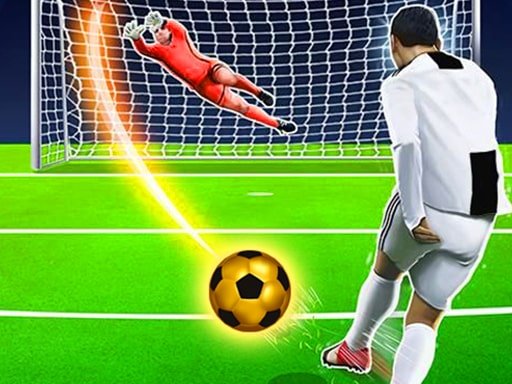

Scoring a goal directly from a free kick Ball goesĪ goal may be scored directly from a direct free kick against the opposing side. This distinguishes the free-kick from most other methods of restarting the game, from which it is not possible for a player to commit an offside offence. Ī player may be penalised for an offside offence from a free-kick. (This distinguishes the free kick from the penalty kick, where feinting is illegal once the run-up has been completed). It is legal to feint to take a free kick to confuse opponents.

A free kick can be taken by lifting the ball with a foot or both feet simultaneously. The ball must be kicked (a goalkeeper may not pick up the ball). The ball becomes in play as soon as it is kicked and clearly moves. If the defending team forms a "wall" of three or more players, all attacking players must be at least 1 m (1 yard) from the wall until the ball is in play. If the free kick is taken from within the kicking team's penalty area, opponents must be outside the penalty area. Opponents must be at least 9.15 m (10 yards) from the ball until it is in play, unless they are on their own goal-line between the goal-posts. The ball must be stationary and on the ground.

The free kick is taken from the place where the infringement occurred, with the following exceptions: A popular method for identifying the different signals is that, for indirect free kicks, the referee holds his hand above his head, creating the letter "I", for an indirect free kick.

The referee signals an indirect free kick by raising the arm vertically above the head a direct free kick is signaled by extending the arm horizontally. Often several players ( red) will line up for a free kick, so as to mask their intentions to the defending team ( blue).


 0 kommentar(er)
0 kommentar(er)
